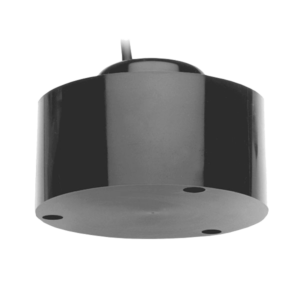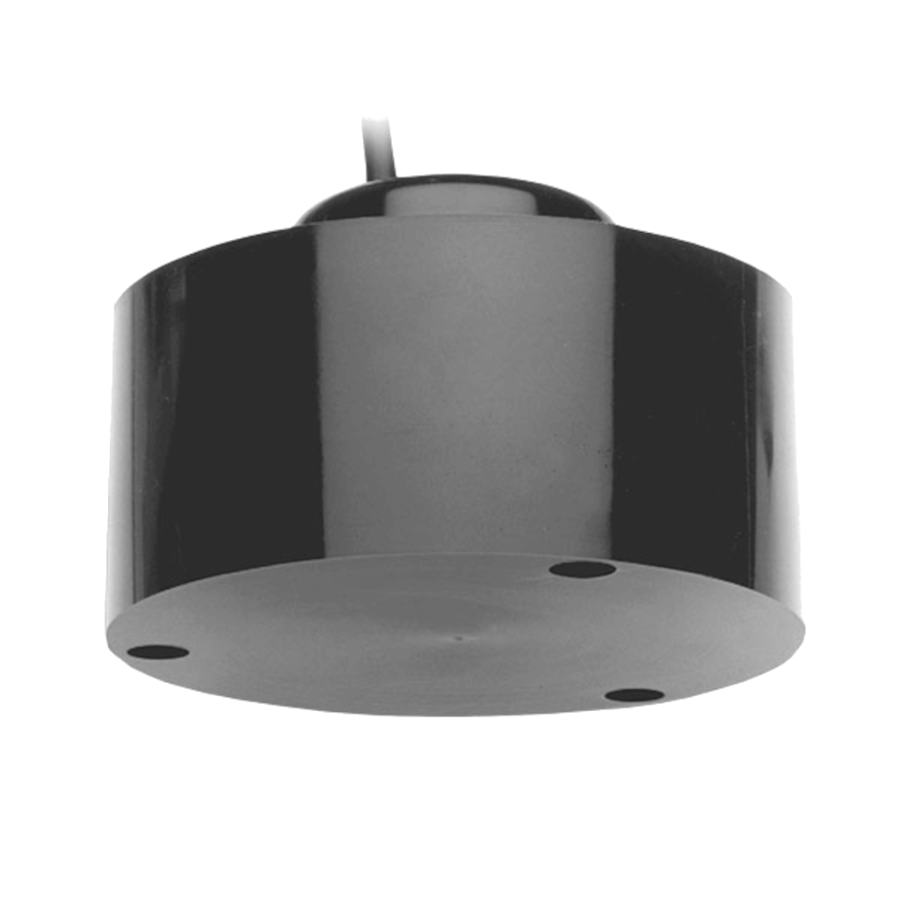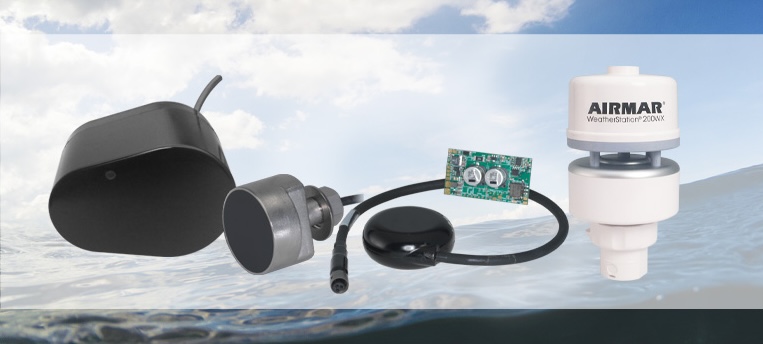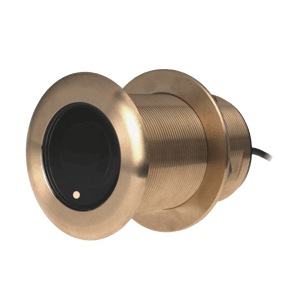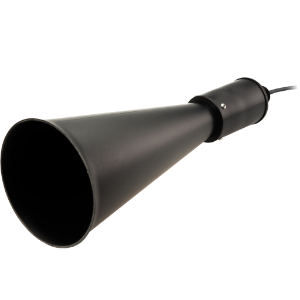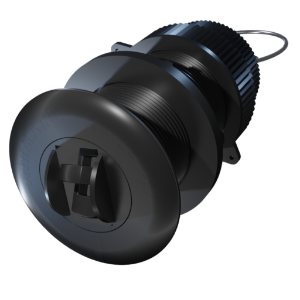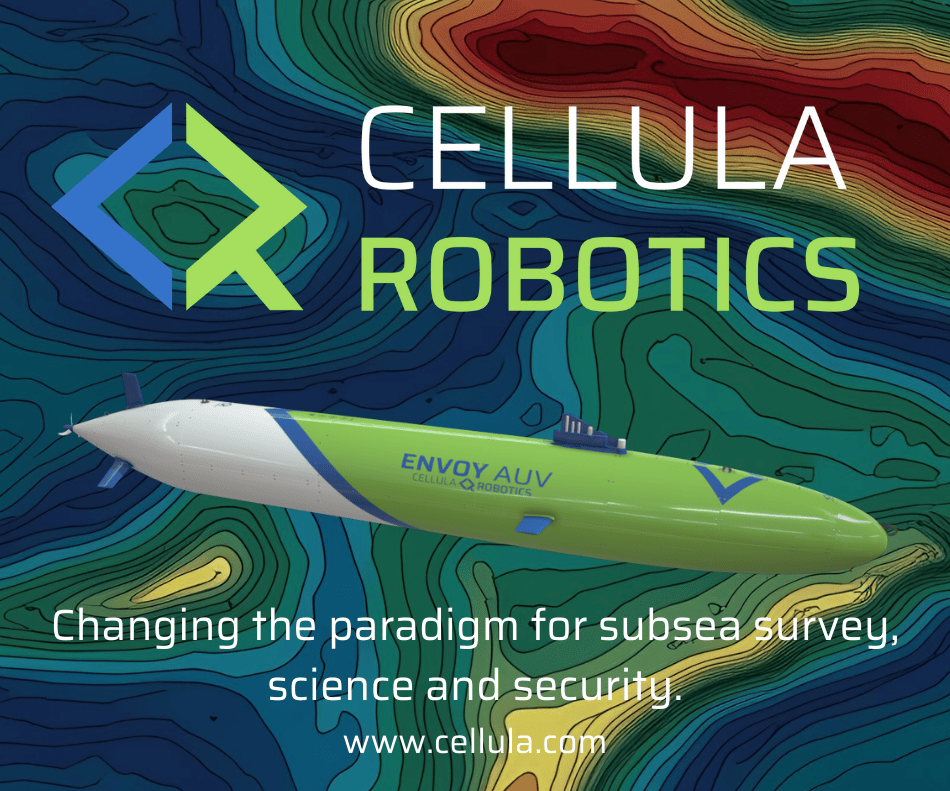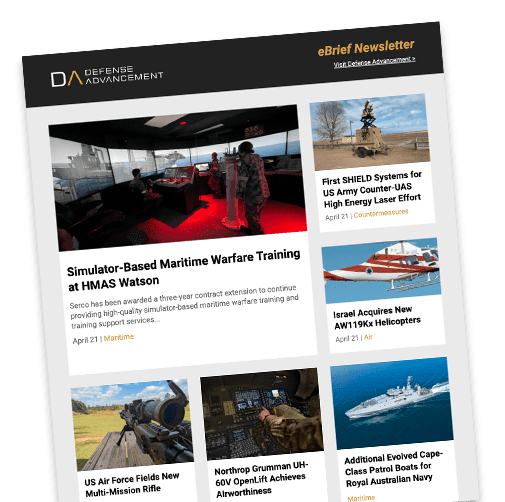Sonar Navigation Transducers
Sonar navigation is an essential technology in underwater exploration, enabling precise mapping and detection through sound waves. Central to this technology are sonar transducers, which convert electrical energy into sound pulses that traverse the depths and return as echoes. These transducers, including echo sounders, play a critical role in sonar systems by providing accurate data crucial for underwater navigation.What is Sonar Navigation?
Sonar navigation is a technique used to determine the location and movement of objects underwater by utilizing sound waves. There are two primary types of SONAR (Sound Navigation and Ranging): active and passive.
Active Sonar
This system emits sound pulses (or pings) into the water. Sonar navigation transducers in active sonar both transmit and receive sound waves. The transducer converts electrical energy into sound waves (acoustic energy) that are emitted into the water. After the sound waves hit an object and bounce back, the transducer receives the returning echoes and converts them back into electrical signals for analysis. An active sonar navigation system assists in navigation by providing real-time data about underwater terrain or obstacles.
Passive Sonar
Passive sonar does not emit sound waves and the transducer acts only as a receiver. It listens for sound waves that are naturally generated by external sources, like marine animals, ships, or other objects and converts the detected acoustic energy (sounds in the water) into electrical signals for further analysis.
Sonar navigation is crucial for submarines, underwater drones, and ships to navigate through difficult underwater environments where GPS signals cannot penetrate. It’s also used for avoiding collisions with underwater obstacles and for scientific exploration of the ocean’s depths.
Sonar Navigation Transducers Key Components & Functionality
Acoustic Signal Generation
Sonar navigation transducers use piezoelectric crystals to generate sound waves. When an electrical signal is applied to these crystals, they vibrate and produce high-frequency sound waves. These waves travel through the water until they encounter an object or surface.
Echo Reception
The sound waves bounce off objects and return to the transducer as echoes. The transducer captures these echoes and converts them back into electrical signals.
Signal Processing
The received signals are processed to create an image or provide distance measurements. This information is crucial for navigating, mapping, and inspecting underwater environments.
Types of Echo Sounder Sonar Navigation
Several types of sonar transducers are used within echo sounders to cater to specific navigation and surveying needs:
- Single-Beam – These emit a narrow, focused beam of sound waves and are often used for simple depth measurement and underwater object detection.
- Multi-Beam – Multi-beam systems emit multiple sound waves simultaneously, covering a broader area and providing detailed bathymetric data. These are particularly useful for comprehensive seafloor mapping.
- Side-Scan – These transducers emit sound waves to the sides of the vessel, creating detailed images of the seafloor and submerged objects. They are ideal for search and recovery operations and underwater inspections.
Benefits of an Advanced Sonar Navigation System
Modern sonar navigation transducers offer high precision in distance measurement and object detection. This accuracy is crucial for safe navigation and detailed underwater surveys. They are also adaptable to various conditions and applications making them versatile, providing reliable performance in both shallow coastal waters or deep ocean environments.
The ability to obtain and analyze data in real time is also a significant advantage. This feature allows for immediate adjustments and decision-making during underwater operations.
Choosing the Right Transducer
Selecting the appropriate sonar navigation transducer depends on several factors:
- Application Requirements – Consider the specific needs of your project, such as depth range, resolution, and area coverage.
- Environmental Conditions – The operating environment, including water depth, salinity, and temperature, can affect the performance of the transducer.
- Integration – Ensure compatibility with existing sonar systems and navigation equipment.
Products (3)
Related Articles
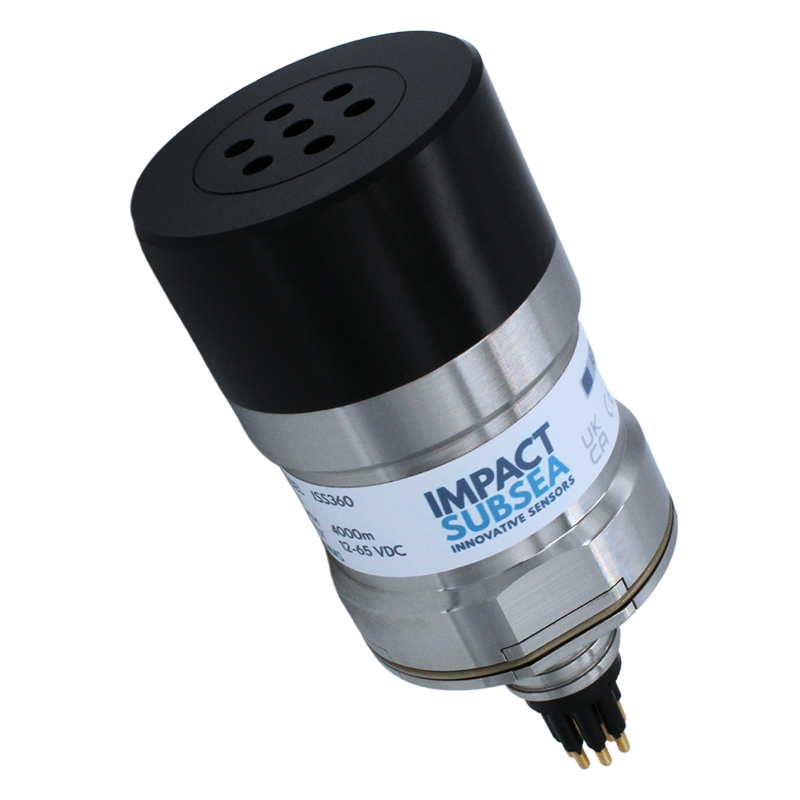
Innovative, High-Performance Underwater Sensing Technologies for the Marine Industry
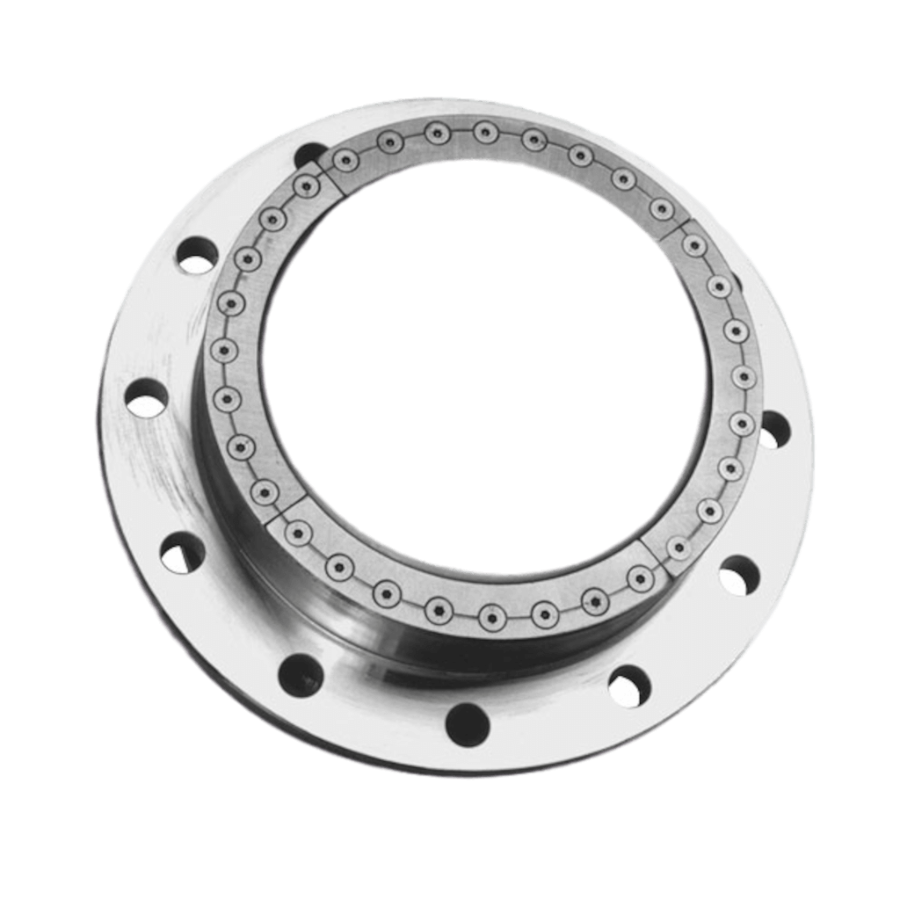
Ultrasonic Weather Stations & Acoustic Sensing Technologies for Marine, Maritime & Offshore Applications

Transducer Technology for Marine & Subsea Applications

Designer and Manufacturer of High Performance Sonar Arrays

